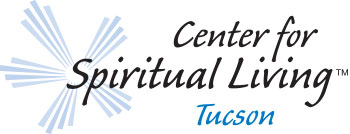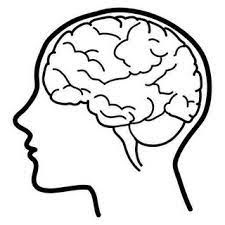The Power of Choice by Sharon Whealy, RScP
I have been participating in a CSL certificated class based on Deepak Chopra’s The Seven Spiritual Laws of Success. Last week’s topic was chapter three, The Law of “Karma,” and the main theme of this law is our power to choose. He says, “You and I are essentially infinite choice-makers. In every moment of our existence, we are in the field of all possibilities where we have access to an infinity of choices.” As someone who enjoys her routine, it was a great reminder to be more conscious about the choices I am making, from brushing my teeth to where I will go on vacation. When I think about my life, every moment from getting out of bed in the morning to when to get to sleep at the end of my day is a moment of choice. My day is filled with infinite opportunities to make a choice.
One of the discussion points in class was about reacting versus responding. Are we allowing those “buttons” and “triggers” to be pushed, and then reacting according to our pre-programmed choice about the thing? I shared that many years ago, I began the practice of noticing when a “button” was pushed. I practice noticing the “button” when I feel upset or find myself reacting in a particular pattern, by getting angry or withdrawing. Chopra says this is the first step in conscious choice-making.
Chopra’s second step in choice-making is to ask ourselves two questions when faced with a choice: “‘What are the consequences of this choice that I’m making’ and ‘Will this choice bring fulfillment and happiness to me and also those who are affected by this choice?’”
 I often think of the story of the “two wolves,” a tale often attributed to a Cherokee grandfather, about two wolves battling inside a person: one representing negative emotions like anger and envy, and the other representing positive qualities like love and joy. When the grandson asks which wolf wins, the grandfather replies, “The one you feed,” meaning the one you choose to nourish with your thoughts and actions will ultimately be the one that prevails. In all my choices, I ask myself where my attention is, and what I am choosing by focusing my attention on it. With all that is going on in our country and the world, am I focused on what is not working, or can I turn my attention to what I want to create? Am I being the change I want to see in the world?
I often think of the story of the “two wolves,” a tale often attributed to a Cherokee grandfather, about two wolves battling inside a person: one representing negative emotions like anger and envy, and the other representing positive qualities like love and joy. When the grandson asks which wolf wins, the grandfather replies, “The one you feed,” meaning the one you choose to nourish with your thoughts and actions will ultimately be the one that prevails. In all my choices, I ask myself where my attention is, and what I am choosing by focusing my attention on it. With all that is going on in our country and the world, am I focused on what is not working, or can I turn my attention to what I want to create? Am I being the change I want to see in the world?
This past Saturday, I attended the No Kings protest in Oro Valley. As I was thinking about my signs, I wanted to be sure to be grounded in what I was for and not focus on what I am against. One side of my sign said I was there standing for Human Rights, Freedom of Speech, Democracy, Free and Fair Elections, and Accountability. These are all things I am choosing for our country as we move through this time of national disturbance. The other side of my sign is a quote from Sharif M. Abdullah’s book The Power of One: Authentic Leadership in Turbulent Times: “Can you imagine a world in which everyone acts out of love and compassion instead of fear and pain?”
Every day I do my best to make choices that will bring happiness, security, love, and a sense of belonging for others as well as myself. Today I choose Love.
Dream Catcher White Wolf Black Wolf by Carol Cavalris
–Sharon Whealy, RScP













